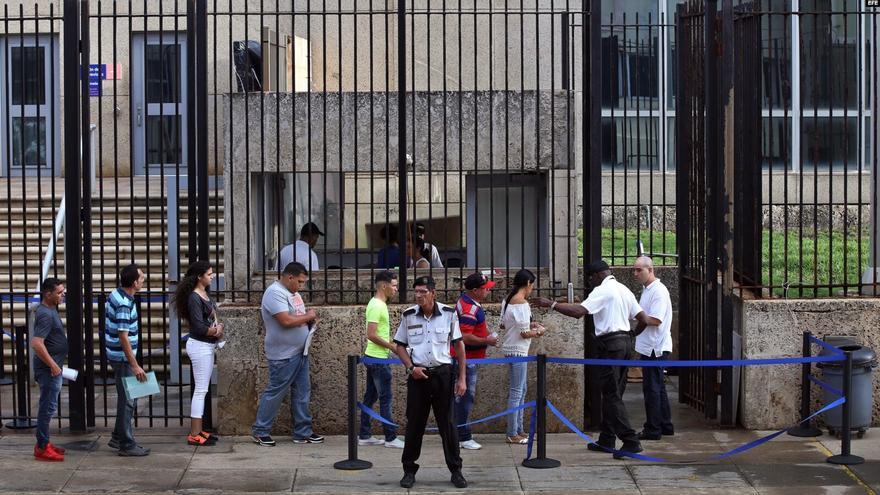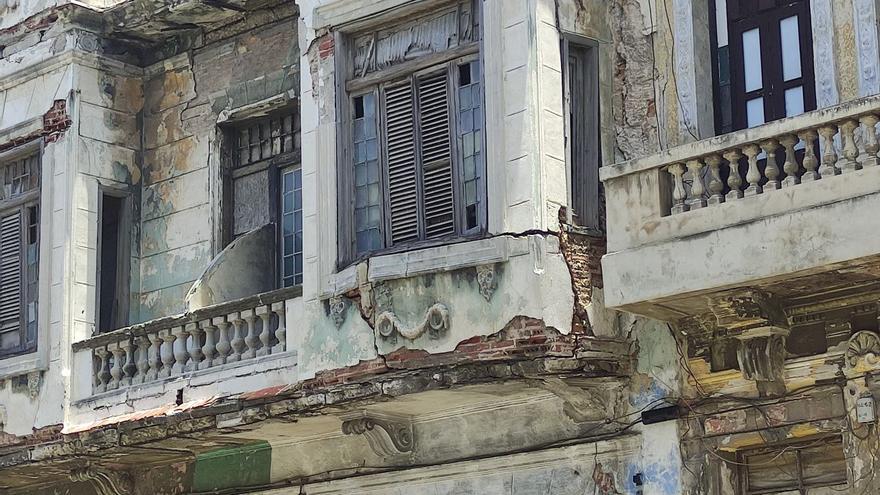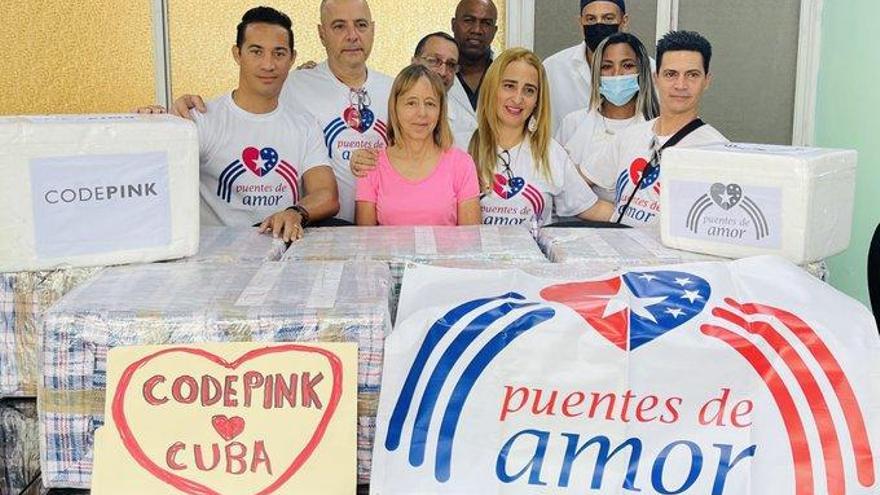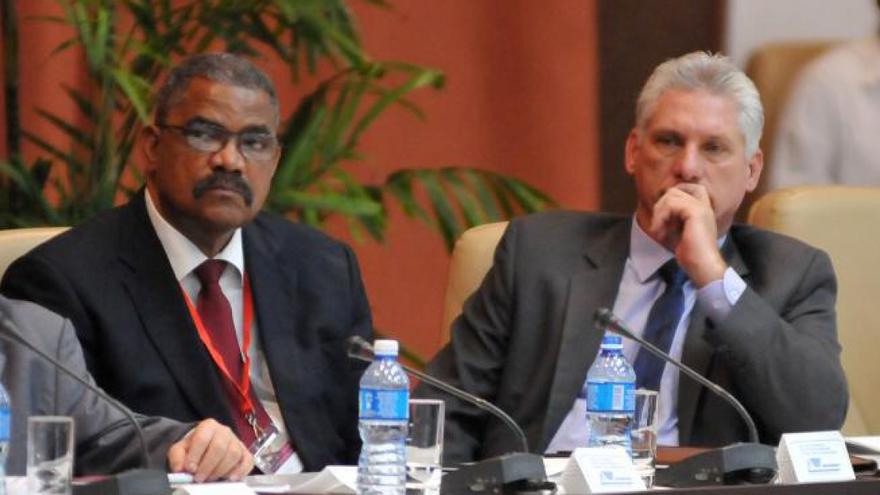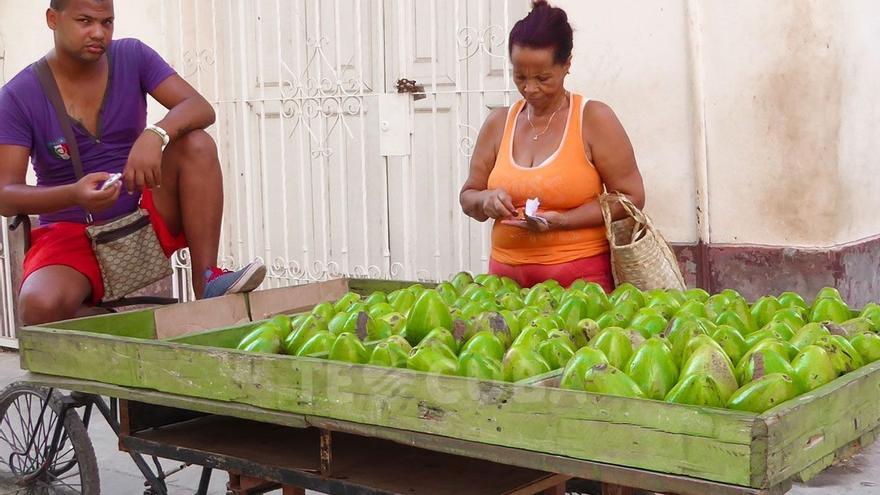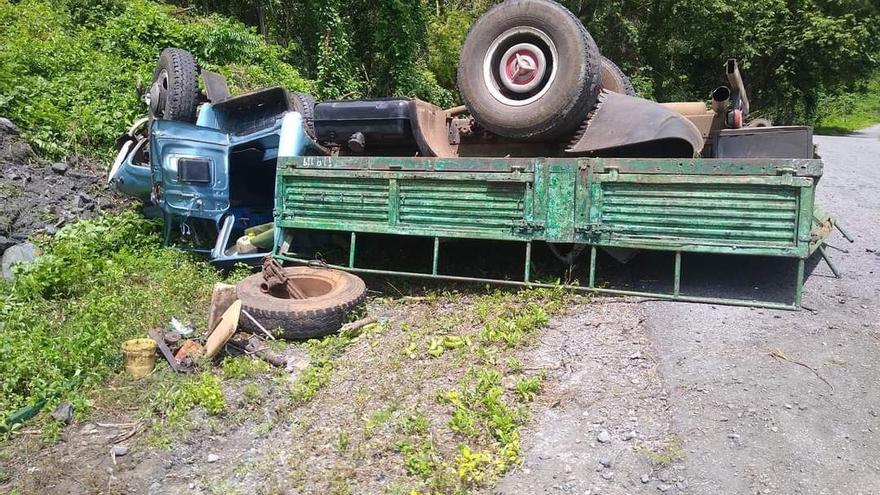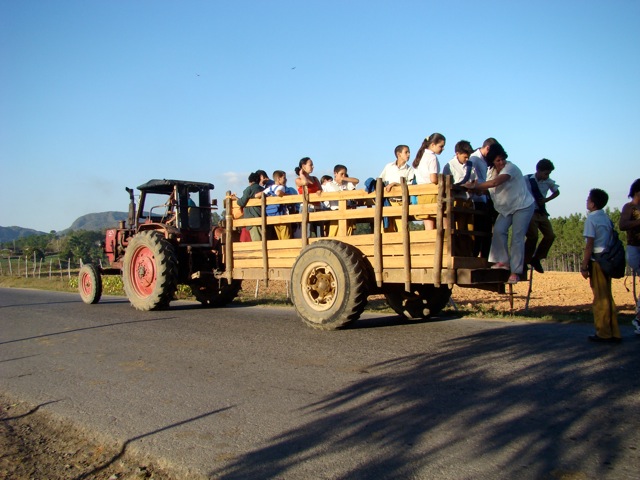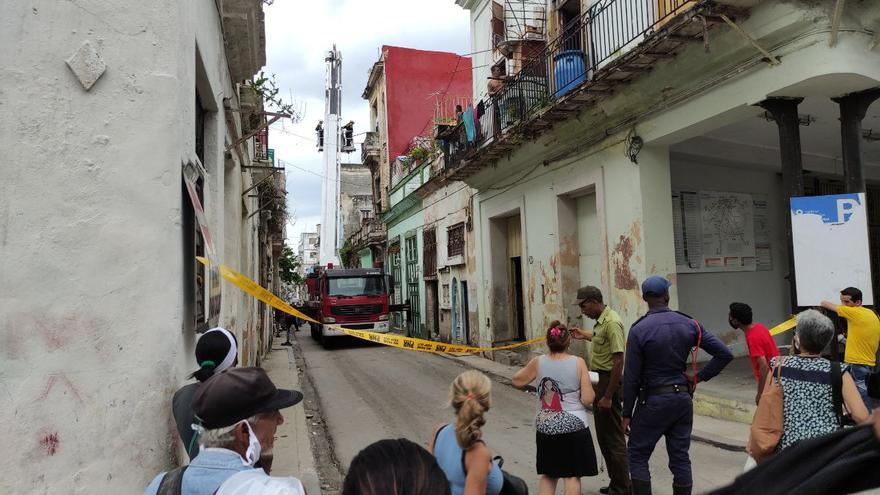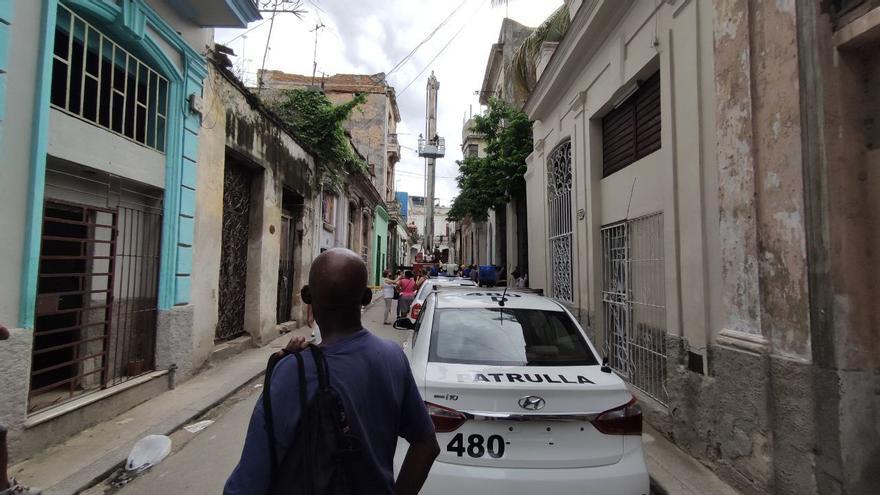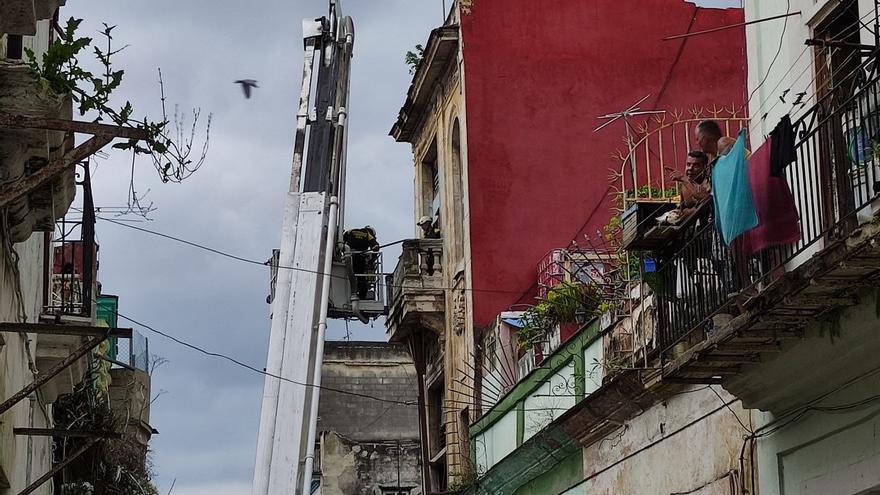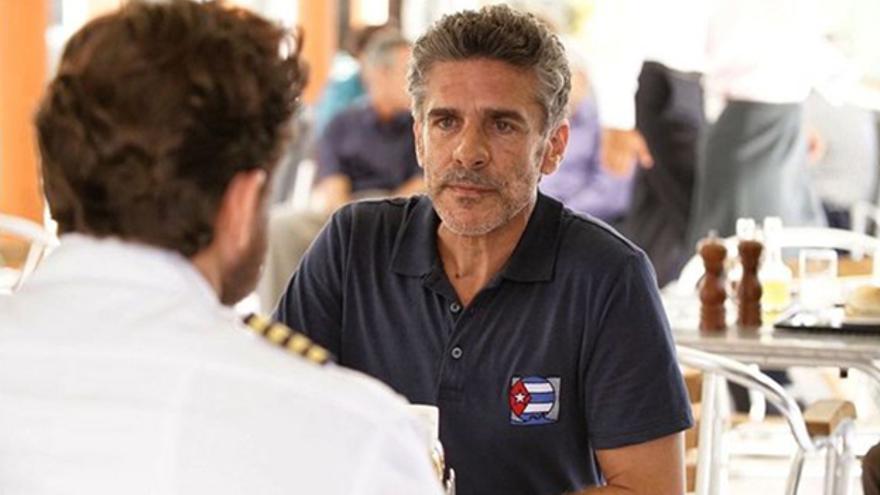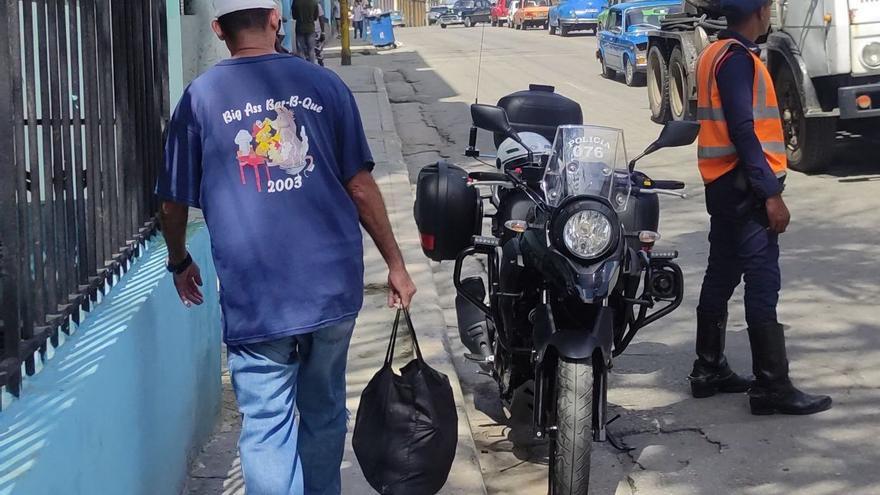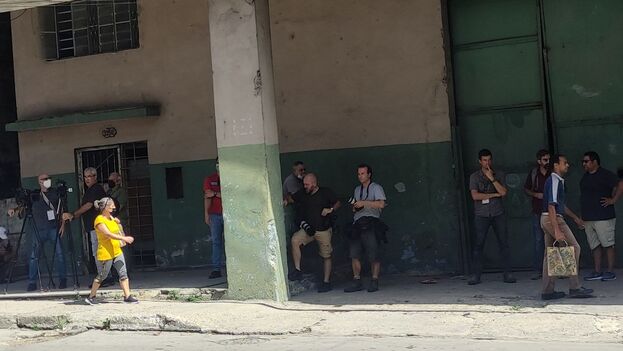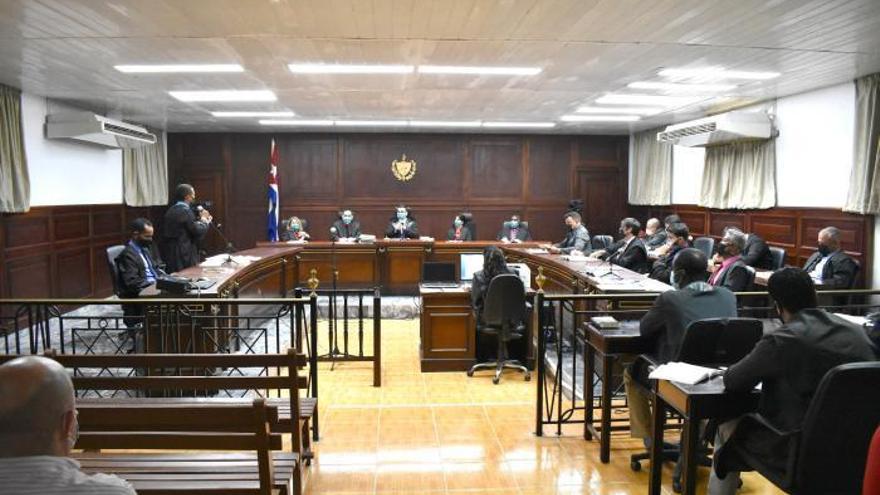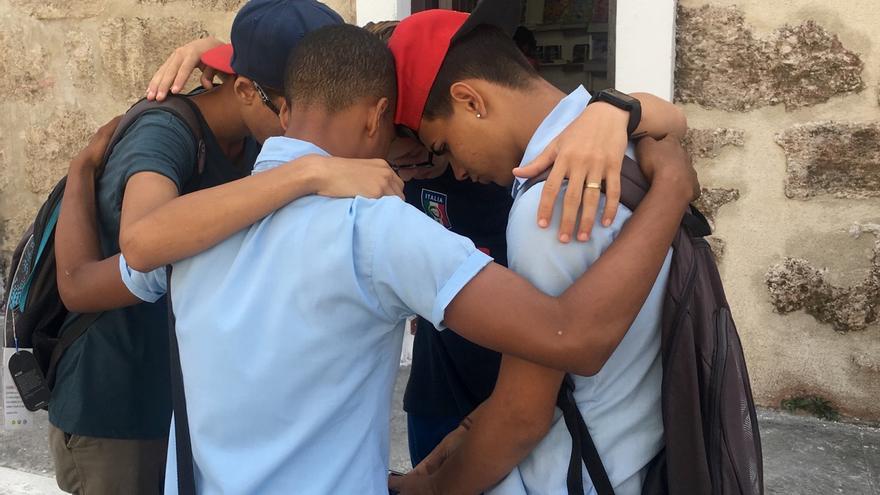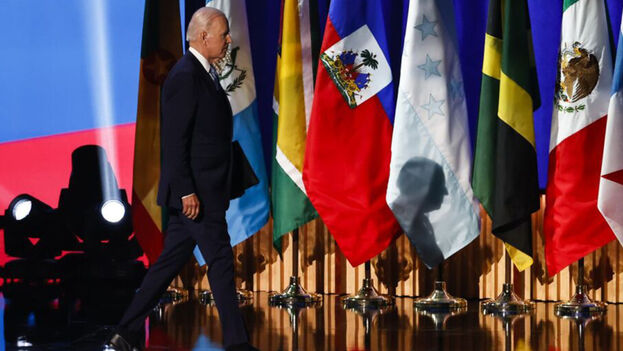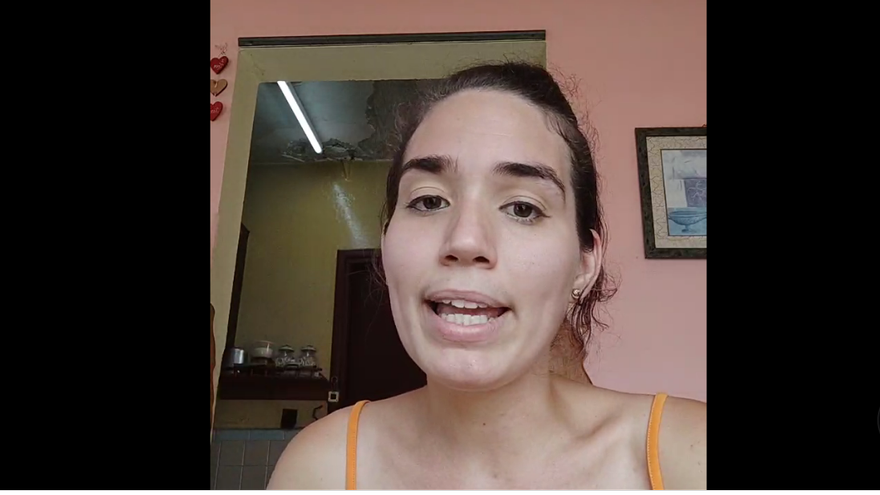
![]() 14ymedio, Havana, 13 June 2022 — When a Cuban explodes in the networks, upset about things that happen in his country, he can find himself with a problem similar to Amelia Calzadilla’s, the 31-year-old from Havana, who last week made a live video complaining about the high prices of electricity and the daily hardships she faces to feed her children. Her diatribe went viral, and she has an appointment at the local Cerro Government headquarters this Monday. But that’s not the worst of it. At the moment, the regime has targeted her over the weekend, insinuating, as usual, that she is being financed by someone, in a clear allusion of a source abroad.
14ymedio, Havana, 13 June 2022 — When a Cuban explodes in the networks, upset about things that happen in his country, he can find himself with a problem similar to Amelia Calzadilla’s, the 31-year-old from Havana, who last week made a live video complaining about the high prices of electricity and the daily hardships she faces to feed her children. Her diatribe went viral, and she has an appointment at the local Cerro Government headquarters this Monday. But that’s not the worst of it. At the moment, the regime has targeted her over the weekend, insinuating, as usual, that she is being financed by someone, in a clear allusion of a source abroad.
After being singled out by Iroel Sánchez in Cubadebate and by the official troll Guerrero Cubano, who amused himself by analyzing elements of Calzadilla’s home which, in his opinion, is a symptom of having money, the young woman has exploded again in an almost 30-minute message published this Sunday, in which she insists that it was never her intention to talk about politics, nor has she asked for a change in the system, nor a coup d’état. “I was not talking about my political ideology. Have I ever stated what my political position is? No. My political position is to be a mother,” she maintains.
In this sense, she insists that she would be very sad if Cuba lost its autonomy. “But not autonomy at the expense of an empty pot” she adds.
Calzadilla summarizes the last days since her video became popular. Members of the Communist Party of Cuba and the Ministry of Internal Trade were at her house to talk about the high prices of electricity and the shortage of gas, without which you cannot cook. Apparently, all of them listened to her carefully and conveyed their support, but after that, the accusations against her started.
The young woman asserts that anyone can verify, and even demands that it be made public, that she barely has $1.70 in her freely convertible currency card, about 180 Cuban pesos, and that she has received two recharges on her phone, nothing more. She has also asked all the people who have reached out to her on Facebook to offer their help by posting their messages stating that she has rejected any proposal. continue reading
Visibly upset, Calzadilla claims responsibility for the things that she owns, not only because of the scrutiny she has been subjected to, but because she considers it an infamy that Cubans are trying to be influenced into believing that a simple lamp or a ring sold by a self-employed person are luxuries. “In the rest of the world this is worth nothing. The people of Cuba do not fully understand that a ceiling lamp is worth much, that these are not luxuries, that these are necessities I do not have to justify.” The young woman has even been accused of visiting El Tropicana night club.
“Is that a luxury? It’s a cabaret founded before the Revolution for Cubans of all periods and all epochs, always. It’s not for foreigners, it’s not for millionaires. There are no millionaires in Cuba, right? Don’t they say that? Why can’t I go?” She protests bitterly.
Calzadilla attacks the Party officials who have not been willing to stop this wave of disrepute that is chasing her and that is costing her parents, both elderly and with pathologies, as well as their children, who have to go to school this Monday with the stigma about their mother. In addition, since she began to circulate her video, the internet has been cut off and she has to connect through third parties, and this Monday the problems could increase after her “interview.” “Maybe it’s to talk about gas or maybe to arrest me, even though I haven’t committed a crime. Where is my crime? I ask you to expose them. I’m telling you that you can check my account statements, go check,” she states.
“Maybe it’s to talk about gas or maybe to arrest me, although I haven’t committed a crime. Where is my crime? I ask that you expose them”
Calzadilla again charges against a government that has been and continues to be incapable of solving citizens problems, despite the fact that she emphasizes that her children are among the most fortunate to receive money from their family who lives abroad, but also emphasizes that sometimes it is impossible, even if she has a few pesos, to buy products that are simply not available in Cuba or, when they are found, it is in hard-currency stores.
The young woman also tells that when she has had problems and has gone to complain to the indicated agencies, the workers, who are also ordinary Cubans, tell her they regret they cannot do anything for her. “In the chicken line, in the bakery line, in the bus line or in the medical consulting clinic… You hear people complaining, but those people do not have the courage to later complain the way I did. I did not fabricate or orchestrate anything; however, they want to fabricate a story against me,” she insists.
Calzadilla attacks those who have defamed her within the ruling party, and declares that they are not very brave, since they have not even phoned her or looked her in the face to tell her what they were going to say about her before doing so. In addition, she insists that when she’s done with everything she will withdraw from social networks, but first, she thanks those who have supported her because she acknowledges that she has never felt alone.
____________
COLLABORATE WITH OUR WORK: The 14ymedio team is committed to practicing serious journalism that reflects Cuba’s reality in all its depth. Thank you for joining us on this long journey. We invite you to continue supporting us by becoming a member of 14ymedio now. Together we can continue transforming journalism in Cuba.

